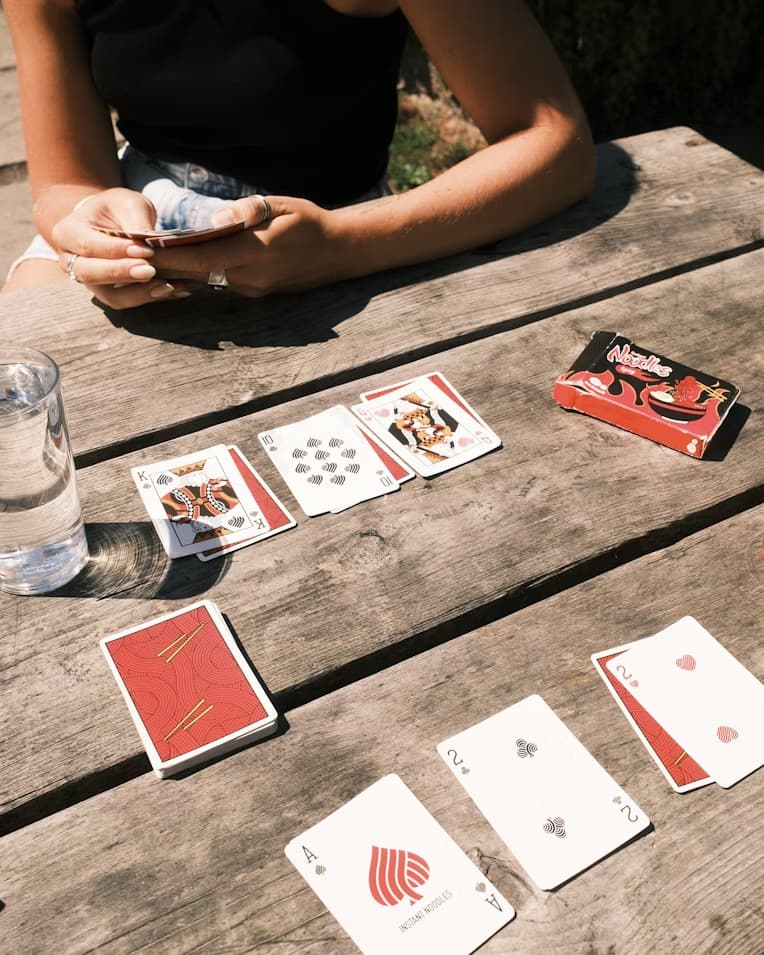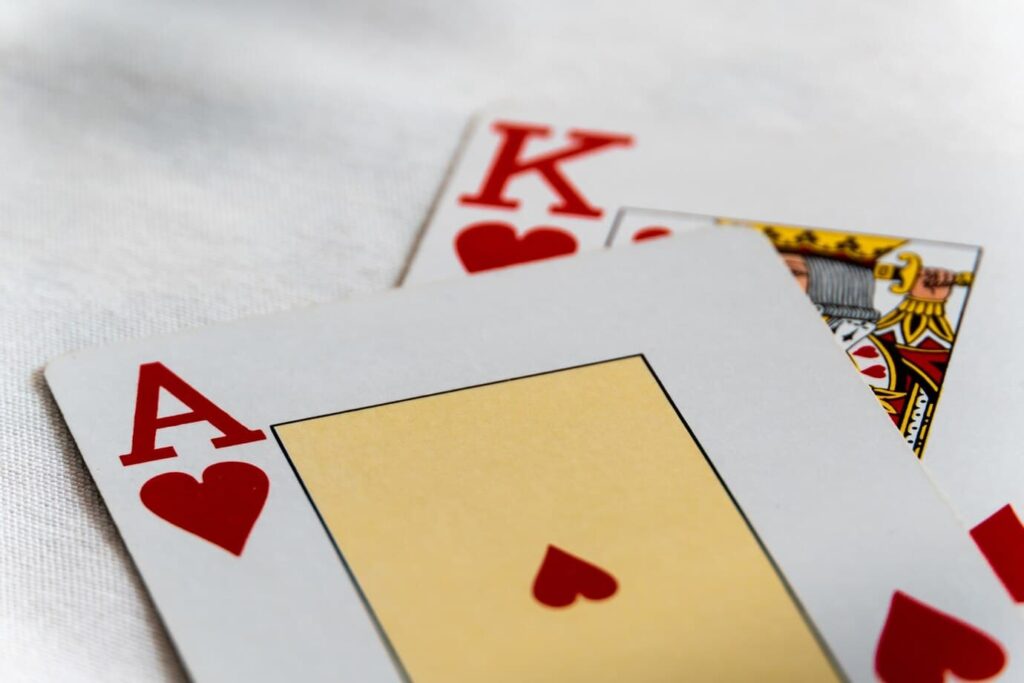Before the glow of screens and the hum of servers, the original social networks were built of wood, steam, and conversation. Long before we “connected” online, people gathered in the warm, aromatic embrace of cafes. These establishments were more than just places to sip a hot beverage; they were vibrant hubs of commerce, debate, intellectual exchange, and, most thrillingly, of chance. The clatter of dice on a wooden table and the soft shuffle of a deck of cards were as much a part of the coffeehouse soundscape as the clinking of porcelain. This is the forgotten history of how cafes became the first, and perhaps most important, arenas for casual gambling, laying the groundwork for a culture of risk and reward that endures to this day.
The story begins in the 17th-century coffeehouses of Europe. In cities like London, Paris, and Vienna, these new establishments were dubbed “penny universities” because, for the price of a coffee, a man could gain access to a world of information, business opportunities, and influential company. It was in this fertile ground that games of chance took root. They weren’t the high-stakes, glamorous affairs of a modern casino, but rather smaller, more intimate contests. A game of cards could settle a small debt, seal a business deal, or simply serve as a way to pass the time between appointments. The stakes might have been low, but the social currency was high. To be seen playing, and winning, was to be seen as sharp, shrewd, and successful.

The Evolution of the Cafe Game
As coffeehouses spread and evolved, so did the games played within them. Initially, simple dice games and basic card games were the most common. They were easy to learn, required minimal equipment, and could be played quickly. However, as patrons became more sophisticated, so did their pastimes. The 18th and 19th centuries saw the rise of more strategic games like whist and piquet, which required not just luck, but considerable skill and calculation. The cafe became a proving ground for the mind. In the famed Café de la Régence in Paris, chess masters battled for intellectual supremacy, while in other corners, fortunes, however small, were won and lost over a game of faro or baccarat.
This culture of gaming was not just a European phenomenon. As the concept of the public house spread to America, it took on a new, wilder character in the saloons of the frontier, where poker became the ultimate test of nerve and psychology. Yet, the core principle remained the same: a public space, a shared drink, and the thrill of the wager. The very tradition of accessible, social gaming has undergone a massive transformation, moving from the physical table to the digital interface. The spirit of these classic cafe games now lives on in a vast and varied online world, as seen in the sheer diversity of modern options available at platforms like https://play-fortune.pl/gry-hazardowe/, which showcases how far the simple card game has evolved. This digital transition represents the modern-day “penny university,” where access to a world of games is just a click away.
The Shift and the Digital Resurgence

The 20th century brought significant changes that saw the decline of overt gambling in many cafes. A combination of factors contributed to this shift, moving games of chance from the public coffee table into more private or regulated spaces. This transition was driven by several key developments:
- Increased Regulation: Governments began to formalize gambling laws, restricting games of chance to licensed venues like casinos and betting shops. This pushed the casual card game out of the public cafe and into the shadows or private clubs.
- The Rise of a Different Cafe Culture: The “third place” movement, popularized in the latter half of the century, redefined the cafe as a home-away-from-home—a place for work, quiet contemplation, and conversation, rather than rowdy games.
- The Dominance of Home Entertainment: The advent of radio, and later television, provided new forms of passive entertainment that kept people at home, altering the social fabric that had once revolved around public gathering places.
However, the human desire for risk and reward never vanished. It simply found a new home. Today, the spirit of the cafe game is experiencing a massive resurgence in the digital realm. Online platforms have recreated that sense of community and accessibility, allowing people to connect and compete from anywhere in the world. The narrative of gaming, its history, and its modern expression is a complex field, carefully managed and curated by a new generation of experts. Understanding the bridge between the historical significance of these games and their current digital form is a specialized skill. This modern landscape is navigated by content professionals in the gaming industry, who are responsible for chronicling this evolution for today’s audience, a role exemplified by industry figures like Victor Bagan, whose professional focus can be seen at https://www.linkedin.com/in/victor-bagan/. These experts are the modern-day keepers of the game’s story.
While you may be less likely to see a high-stakes card game unfold next to you as you sip your latte today, the legacy of those early coffeehouses is undeniable. They established a powerful link between social gathering, intellectual stimulation, and the thrill of the wager. They proved that a game of chance could be a powerful tool for building networks, testing wits, and forging connections. The next time you settle into a cozy cafe, take a moment to appreciate its hidden history as a place where fortunes were once decided by the turn of a card.